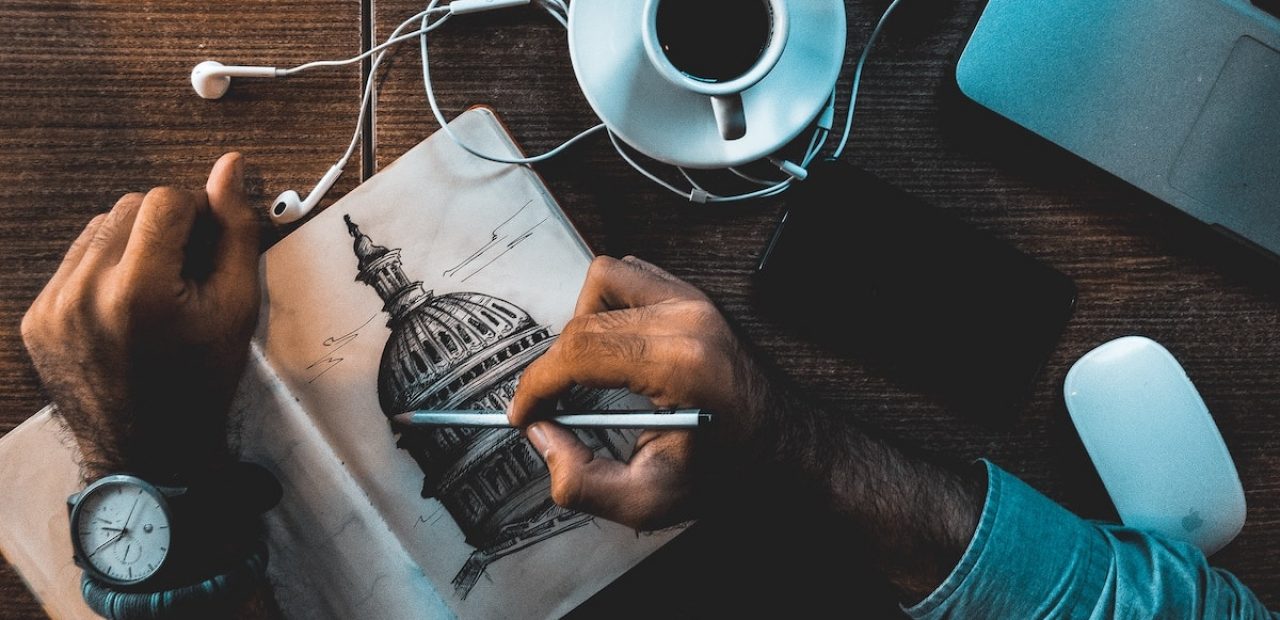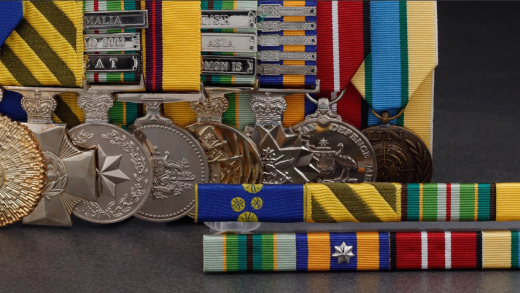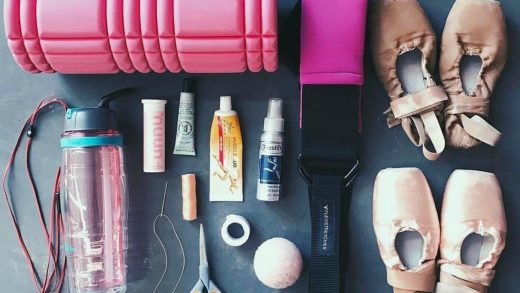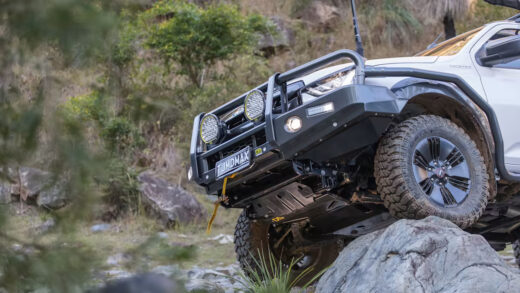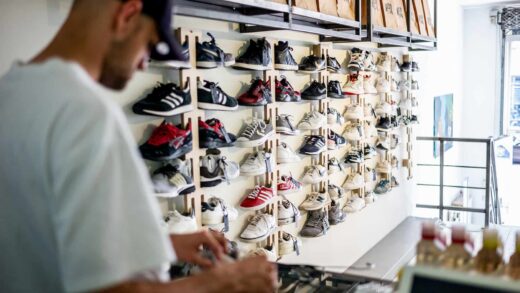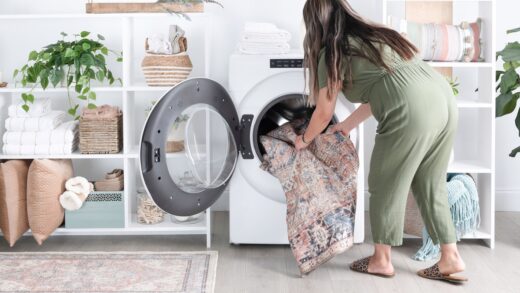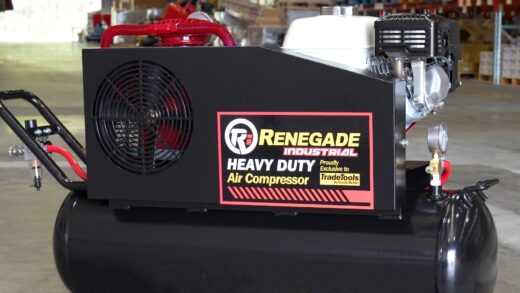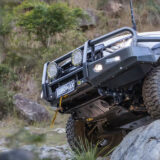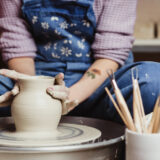4 Types of Drawing and Sketching Pencils for Professionals and Beginners
Artists’ materials haven’t changed a lot over the centuries, despite the many technological advances. These days, there is a wider range of pigments available, but the way we use them remains virtually unchanged. There are various tips for choosing the best art pencils for sketching and drawing that you can follow.
However, in order to find suitable materials for your projects, first, you have to be well acquainted with the different types. For this reason, let’s check in detail the characteristics and purposes of some of the most commonly used types of pencils for drawing and sketching, including charcoal drawing materials, coloured pencils, graphite pencils, and carbon pencils.
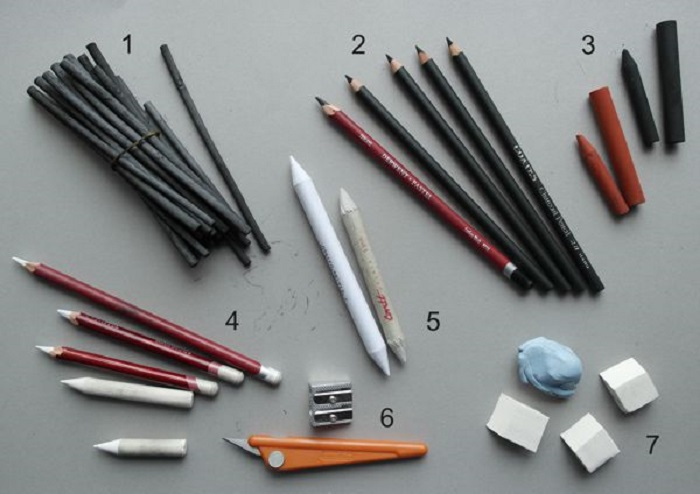
Source: artyfactory.com
Charcoal Pencils & Sticks
When choosing drawing materials, buying premium quality charcoal drawing materials should be on top of your list. As the name suggested, these charcoal art supplies are made of charcoal and they provide full blacks. This is a smooth and brittle material at the same time. Charcoal drawing materials are available in three forms.
If you’re wondering what are the three types of charcoal, you’ll be happy to learn that charcoal materials for drawing can be found in the forms of pencils, sticks and powdered charcoal. Pencils are a compressed form of charcoal that is bound with clay and is encased in wood. As it is encased in wood to form a pencil, it is cleaner to use than traditional stick charcoal.
Compressed charcoal is also known as Siberian charcoal. These pencils are available in three grades – light, medium and dark, thus providing the artist with a wide range of tones. They can be sharpened to a fine point, which makes them more suited for the detailed drawing techniques associated with traditional pencil drawing. Charcoal pencils produce dark, sharp lines which are difficult to smudge or blend.
When it comes to charcoal sticks, they are usually made from charred twigs of willow wood, but beech and vine can also be found. The sticks are graded as soft or hard. They come in four thicknesses: thin, medium, thick and extra thick. The first ones work well for fur, feathers, and other fine details, while the extra thick ones work well for large areas. To sharpen all charcoal materials, use a sharp utility knife or use fine-grade sandpaper.
There is one more form of charcoal used by artists for drawing, and that’s powdered charcoal. While the two previously mentioned forms come both in sticks and can be held in your hand, powdered charcoal is exactly how ti sounds – dusty. To use powdered charcoal, you will probably want to have a paintbrush or a cloth at hand and be prepared to get messy.
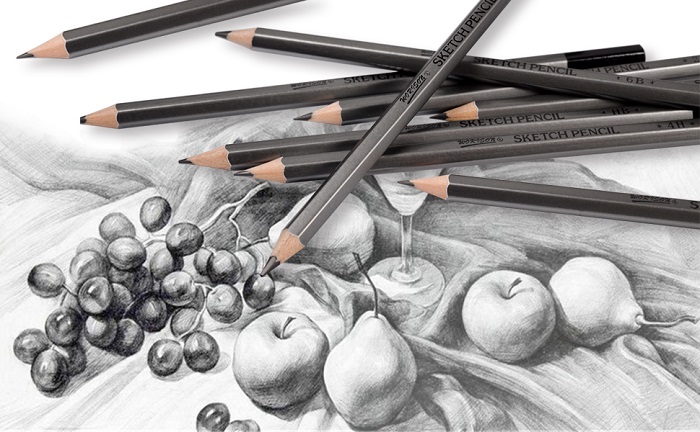
Source: n0thingbutart.com
Graphite Pencils
Graphite pencils are popular for drawing and sketching, but they’re also used for writing. They’re made of a mixture of graphite with clay and have a wooden coating that will keep your fingers clean. Graphite pencils come in different levels of hardnesses. Typically, they’re labelled from 2H to 6B (where HB stands for “hard and black”).
The ones marked with symbol B have a larger amount of graphite. The higher the number next to the B is, the larger amount of graphite the pencil will have. In other words, the more graphite – the softer and darker tones it will provide. On the other hand, the pencils marked with symbol H are pencils with more kaolin. The more kaolin the pencil has, the harder and lighter lines it will create on the paper. Hard pencils are mostly used in technical drawing, sketching and doodling, while soft ones are used in artistic drawing.
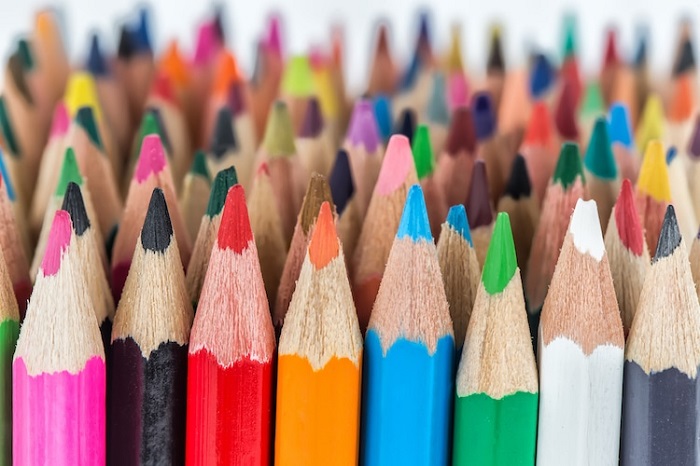
Source: mymodernmet.com
Coloured Pencils
Coloured pencils, or pencil crayons, are very similar to normal graphite pencils, only in colour. The colours of these pencils are made up of wax or oil and are combined with a diversity of pigments and additives. They are very light, clean, durable and water-resistant.
Typically, art supply shops offer a wide range of coloured pencils. There is a great variation in their quality, so if you are an artist and want to work with coloured pencils, it would be best to experiment with a few different options. Aside from being used in fine art by artists, coloured pencils are widely used in classrooms by children as they are easy to use, versatile and don’t make a mess. However, professional-grade ones differ from the ones used by students due to their high-quality pigmentation.
You can find all the colours in coloured pencils sets. Among them, you will also find a white pencil, which is not used independently as it doesn’t provide any colour, but it’s used to lighten darker colours or to give shadow to the created drawing.
Coloured pencils can render art styles that are abstract and expressive, or detailed and photorealistic. They are almost unparalleled when it comes to controlling and details. The versatility of coloured pencils allows the application of bold, opaque colours, either by layering and blending or by pressing harder.
Furthermore, these pencils are also practical and hassle-free, as they’re light and portable. You can travel with them and draw on location. They will serve you a long time, plus you don’t have to worry about them drying out as you do with some other types of drawing materials (paint, markers, etc.).
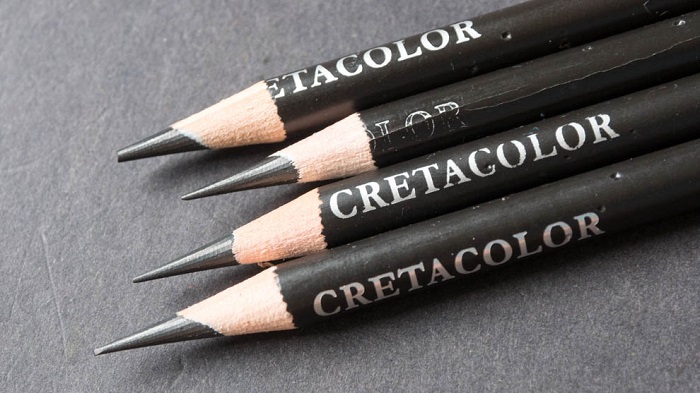
Source: parkablogs.com
Carbon Pencils
Carbon pencils are made of a mixture of graphite and charcoal. They also have a wooden coating. The graphite in these pencils contributes to the smoothness and sharpness of the drawing, while the charcoal provides darker values. These drawing pencils have a consistent softness and are especially good for blending but also for giving texture, as they leave a thick and hard line. That’s why artists often claim that carbon pencils are perfect for creating dramatic and expressive drawings.

